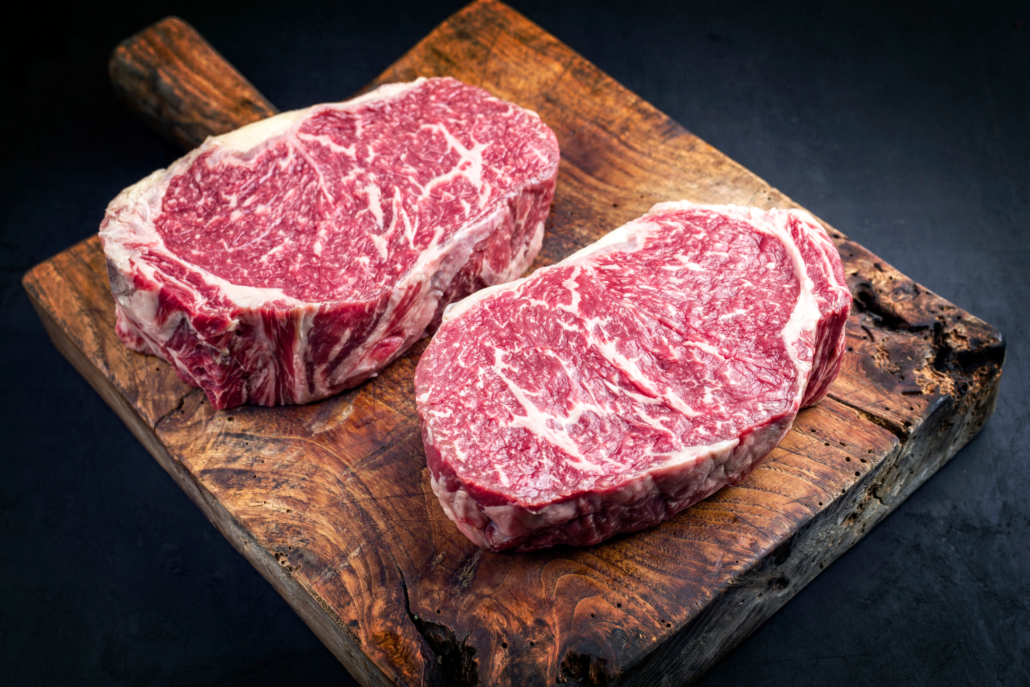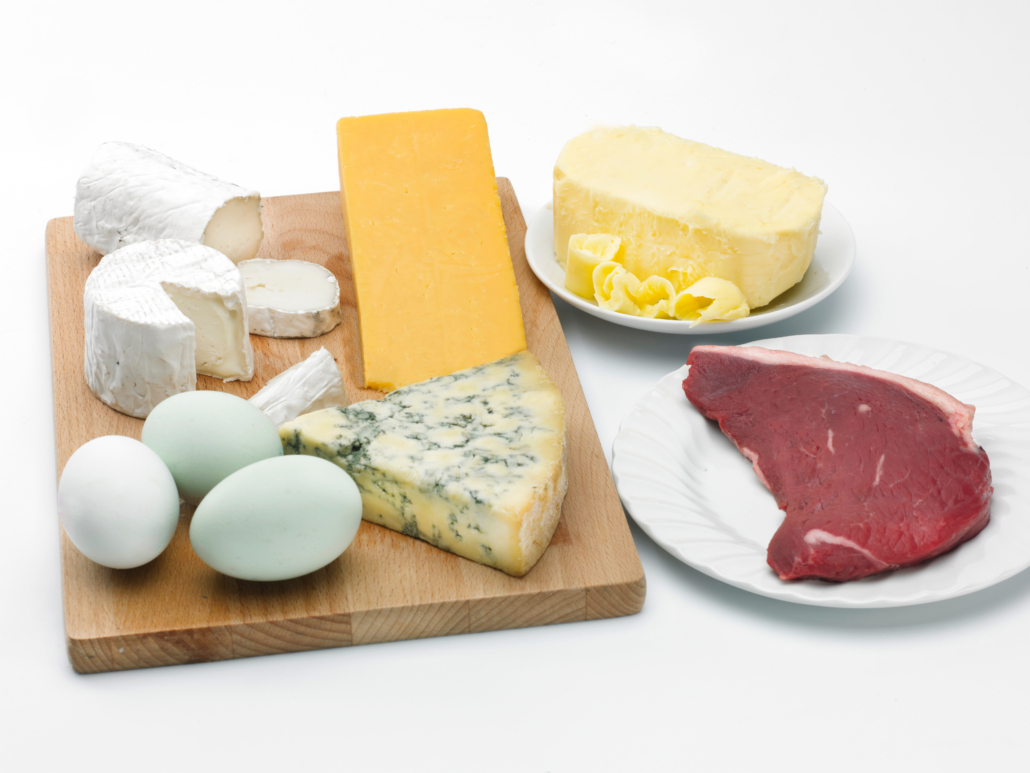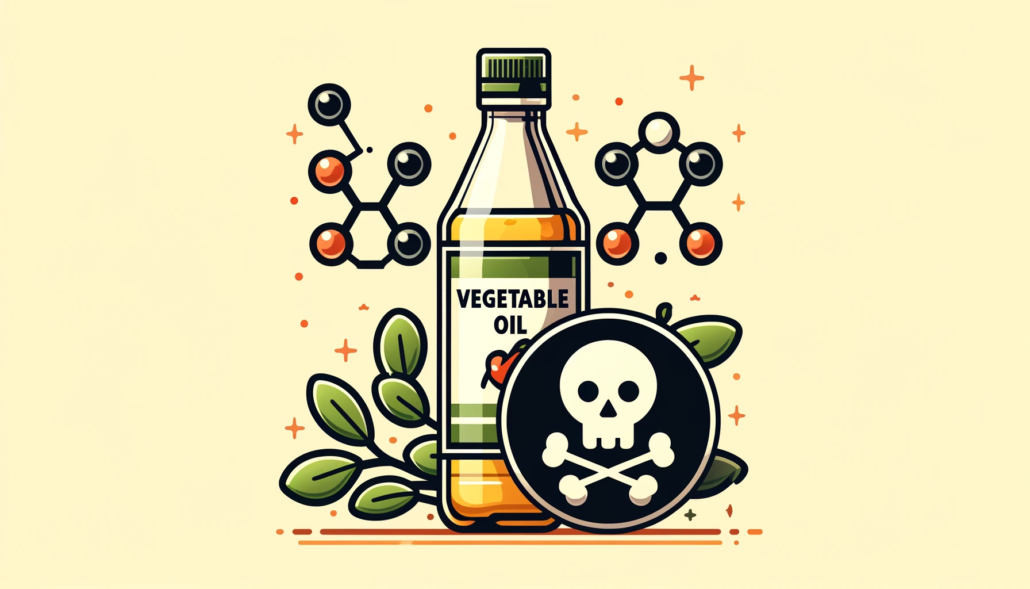We include products in articles we think are useful for our readers. If you buy products or services through links on our website, we may earn a small commission.
Is Pork Red or White Meat?
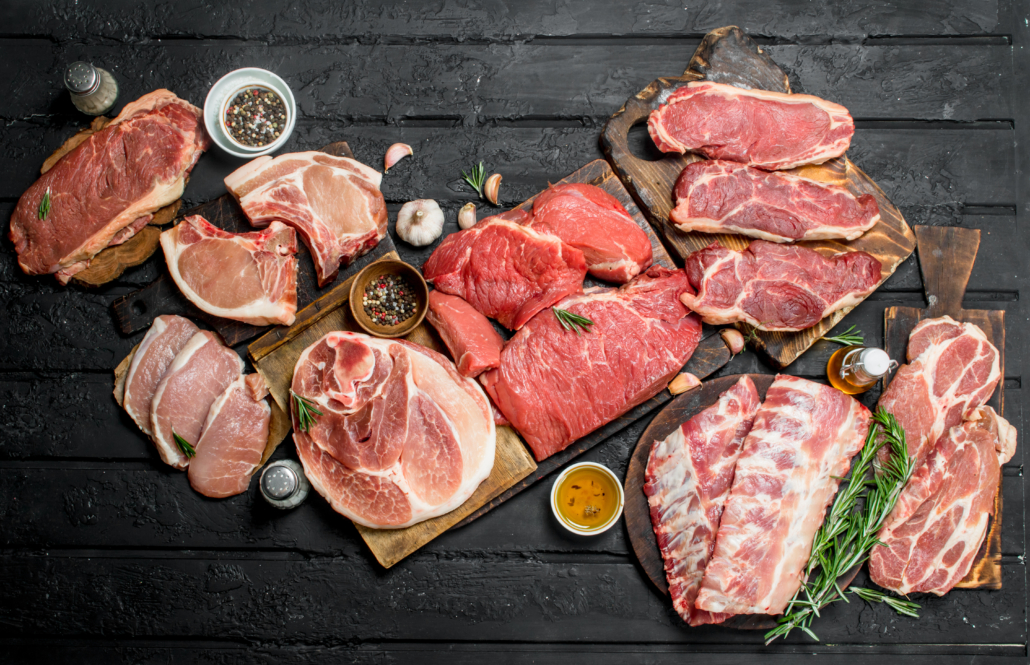
Pork is the most popular meat in the world, yet people are still wondering if it is red or white meat.
That’s because pork is classified as red meat in certain contexts and considered–or even advertised–as white meat in other contexts.
Furthermore, If you’re wondering if pork is red meat, you probably have some preconceptions about whether or not red meat is healthy.
In this article, we’ll explore whether pork is red or white meat, and we’ll look at the modern science on red meat.
Table of Contents
What is the Differences between Red and White Meat?
The main difference between red meat and white meat is that red meat contains more of a protein called myoglobin than white meat.
When myoglobin combines with oxygen, it creates a red color.
Myoglobin is usually most concentrated in highly exercised muscle and, therefore, use more oxygen. This is why some cuts of non-red meat, like duck breast and chicken thighs, can have a reddish color.
With regards to health concerns, modern science tells us that despite the vilification of red meat, fresh red meat is in fact, one of the healthiest foods on available and not associated with disease. More on this below.
USDA Classification of Pork
According to the United States Department of Agriculture (USDA), pork is classified as red meat. This means that all scientific and nutritional institutions follow suit and consider pork a red meat.
Though not as red in color as most beef, bison, and lamb, pork is considered red meat because it has more myoglobin than poultry and seafood.
Pigs, like beef, veal, and lamb are also considered livestock, and all livestock is classified as red meat.
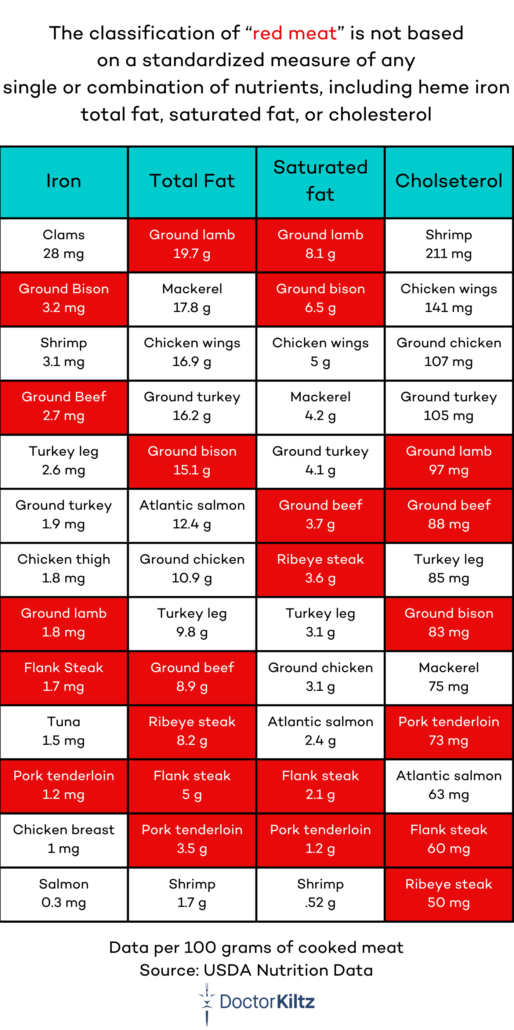
Culinary Classification of Pork
According to culinary tradition, pork is considered white meat. This is because pork is pale in color both before and after cooking.
However, unlike true white meats, including chicken and fish, it is customary to pair pork with either white or red wine.
To further confuse matters, many people remember the advertising campaign with the slogan “Pork. The other white meat.”
The campaign was launched by the National Pork Board–a wing of the USDA marketing service. Yep, that’s the same USDA that officially classified pork as red meat.
Is it Healthy to Eat Red Meat?
So now that we’ve explained that pork is officially a red meat, yet culinarilly a white meat, you may be wondering if the red meat label comes with any health risks.
The short answer is no, but we wouldn’t blame you if you didn’t believe us.
Since the 1950s, red meat has been unjustifiably vilified as an unhealthy food by some mainstream nutritional institutions.
The demonization of red meat has a complex and political history, but in no way has it been scientific.
After decades of both low and high-quality research, modern systemic review studies–the gold standard of nutritional research–tell us that there is in fact zero evidence linking fresh red meat to heart disease or cancer.
Let’s take a brief look at the findings of some of the major studies before turning to the nutritional benefits of pork.
Saturated Fat in Pork is Not Bad for You
Red meat, including pork was first targeted back in the 1950s because of its saturated fat content.
The theory at the time was that consuming saturated fat caused heart disease.
Modern science tells us that this is unequivocally not the case. However, the fat/heart disease link was promoted by influential researcher Ansel Keys and at a time when heart attacks were on the rise and the public was anxious for an explanation.
The media and mainstream nutrition ran with the theory, and only now, decades later, are scientists correcting the record.
To be clear, numerous high-quality studies tell us that saturated fat is not associated with heart disease, cancer, stroke, diabetes, and death from heart attack.
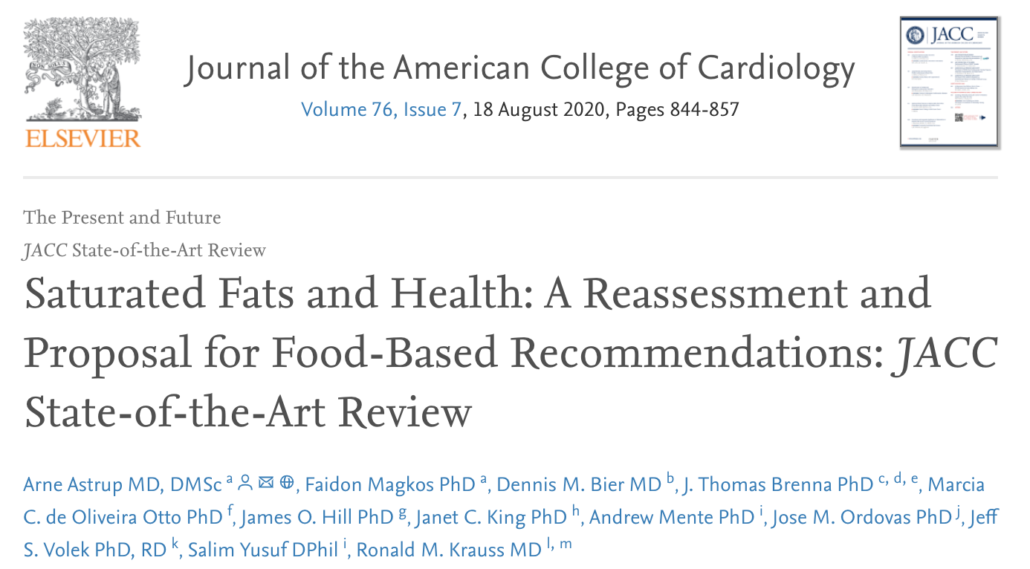
This above study from 2020 was co-authored by a consortium of researchers from leading medical schools around the world.
The researchers concluded that eating unprocessed red meat is not associated with heart disease, “indicating that saturated fat content of meat is unlikely to be responsible for this association.”
The study states that “Whole-fat dairy, unprocessed meat, and dark chocolate are SFA-rich foods with a complex matrix (of nutrients) that are not associated with an increased risk of CVD. The totality of available evidence does not support further limiting the intake of such foods.”
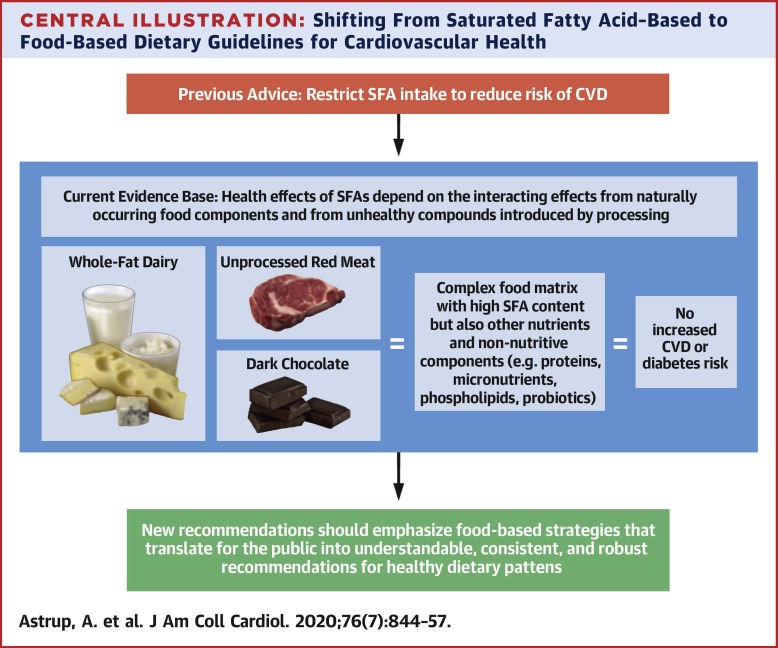
What about Cancer?
Ok, so pork and other red meat isn’t associated with heart disease, but what about cancer?
Despite hundreds of studies seeking a link between red meat and cancer, the science tells us that the link just doesn’t exist.
Unfortunately, the suspicion over the decades has been enough to sway health officials to recommend reducing meat intake. But the reality is that fresh red meat is among the most nutritious foods on earth, and limiting it is both unnecessary and unhealthy.
Let’s take a look at a major recent study that was explicitly conducted to see if the recommendations against red meat had any scientific foundation.
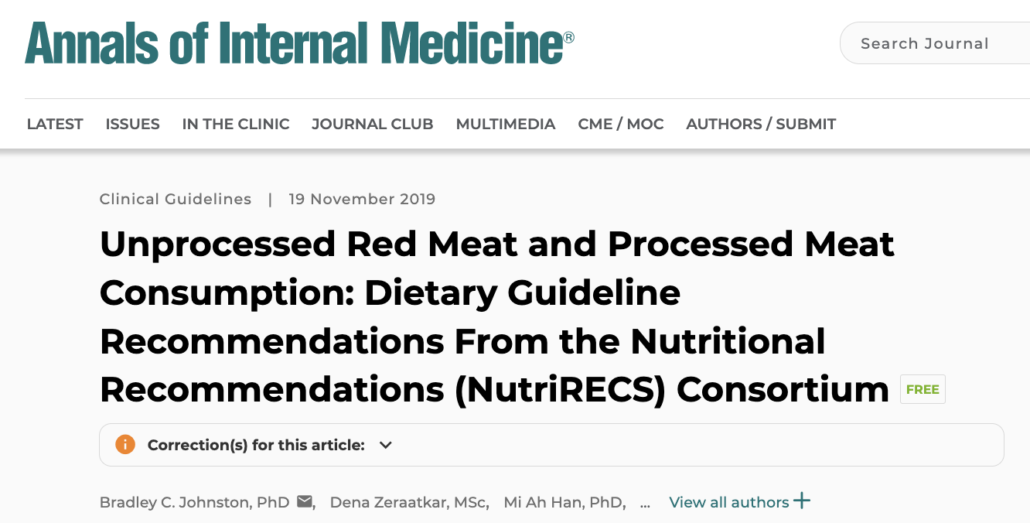
The 2019 NutriRECS study was the most comprehensive research to date. It examined data from 48 studies that included 5.7 million participants.
The researchers concluded that:
- Institutions, including the WHO, that use observational studies for their recommendations do not issue rigorous reviews of the studies
- Reducing intake of fresh red meat has no impact on incidences of prostate cancer mortality, nor does it impact incidences of breast, colorectal, esophageal, gastric, pancreatic, and prostate cancer
- There is very weak evidence that processed meat (including bacon) is associated with a very small absolute risk reduction in overall lifetime cancer mortality; prostate cancer mortality; and incidences of esophageal, colorectal, and breast cancer (range, 1 fewer to 8 fewer events per 1000 persons with a decrease of 3 servings/wk), with no statistically significant differences in mortality for 12 additional cancer outcomes (colorectal, gastric, and pancreatic cancer mortality; overall, endometrial, gastric, hepatic, small intestinal, oral, ovarian, pancreatic, and prostate cancer incidence).
The study concludes that contrary to WHO guidelines, the researchers recommend continuing to eat both fresh red meat and processed meats.
You can explore more research on the questions of red meat and cancer, here.
Nutrients in Pork

Let’s take a look at the nutritional profile of one of the most nutrient-dense cuts of pork.
Pork Belly
| Pork Belly Nutritional Content per 224g | Amount | % RDA |
| Fat | 89g | N/A |
| Saturated Fat | 32g | N/A |
| Monounsaturated Fat | 42g | N/A |
| Polyunsaturated Fat | 9g | N/A |
| Omega 3 ALA | 900mg | 100% |
| Choline | 113mg | 21% |
| Vitamin B12 | 1.8mcg | 75% |
| Pantothenic Acid (B5) | 2.5mg | 50% |
| Niacin (B3) | 9mg | 56% |
| Riboflavin (B2) | .4mg | 32% |
| Thiamin (B1 | .7mg | 56% |
| Copper | .2mg | 22% |
| Phosphorous | 300mg | 24% |
| Selenium | 23mcg | 42% |
| Zinc | 1.7mg | 16% |
| Vitamin D | 1.8mcg | 9% |
| Iron | .9mg | 5% |
Health Benefits of Pork
Pork is a healthy whole food that provides essential macro and micronutrients that may contribute to numerous health benefits.
Mood-Boosting Amino Acids
Many common mental disorders like as depression, bipolar disorder, schizophrenia, and obsessive-compulsive disorder, can be attributed to, and exacerbated by amino acid deficiencies.
Pork products are high in complete amino acids and satiating saturated and unsaturated fats. These nutrients are key components of neurotransmitters responsible for mood stabilization.
Fatty pork products like bacon can dramatically reduce feelings of craving due to deprivation, making it less likely that you’ll binge on sugary processed foods. Processed foods can damage your microbiome causing mood swings and anxiety.
Pork is Packed with Nutrients
Red meat is loaded with nutrients, and pork is no exception.
A typical 3.5-ounce (100-gram) serving of cooked pork belly contains:
- 37 grams of high-quality animal protein
- Vitamins B1, B2, B3, B5, B6, and B12
- 89% of the RDA for selenium
- Various minerals, including iron, magnesium, zinc, and potassium
Healthy Fats
The fat in pork, especially when pasture-raised, is one of its greatest assets.
Half the fat in pork belly is monounsaturated and contains a high percentage of “heart-healthy” oleic acid.
The remaining 40% is saturated fat, and 10% is poly-unsaturated.
The combination of fat and protein makes fatty cuts of pork an excellent addition to high-fat eating plans like keto, carnivore, and intermittent fasting.
The highly satiating quality of pork also makes it an excellent food to add to your mindful eating protocol since it helps reduce cravings for junk food.
Benefits of Monounsaturated Fat
Monounsaturated fat is a highly beneficial fatty acid found in pork and other red meat. Studies show that monounsaturated fats can
- Reduce blood cholesterol and triglycerides
- Help you lose weight
- Reduce inflammation
- Improve insulin sensitivity
Benefits of Saturated Fat
Saturated fat used to be public enemy number one, yet recent studies have set the record straight.
And in fact, replacing saturated fats with vegetable oils is likely one of the most deadly health mistakes of the past century.
Saturated fats are essential, meaning that we need to get them from the food we eat in order to survive. This is because SFAs are vital to key bodily functions.
- Our bodies need a balance of both saturated and unsaturated fats in order to create and maintain cell membranes
- At least 50% of dietary fats should be saturated in order for calcium to be properly absorbed into your bones
- SFAs protect against liver damage from alcohol and other toxins, such as Tylenol
- Saturated fats neutralize excess immune cells, thereby reducing inflammation
- SFAs provide antimicrobial properties that protect against pathogens in the digestive tract
The bottom line
Pork is officially a red meat according to the USDA. Yet, in culinary traditions, pork is considered a white meat.
Pork contains myoglobin, a protein that turns red when combined with oxygen. Since it has more myoglobin than fish and poultry, it is classified as a red meat.
Modern studies show that fresh red meat, including pork, is a nutritious and beneficial food. Enjoy!













